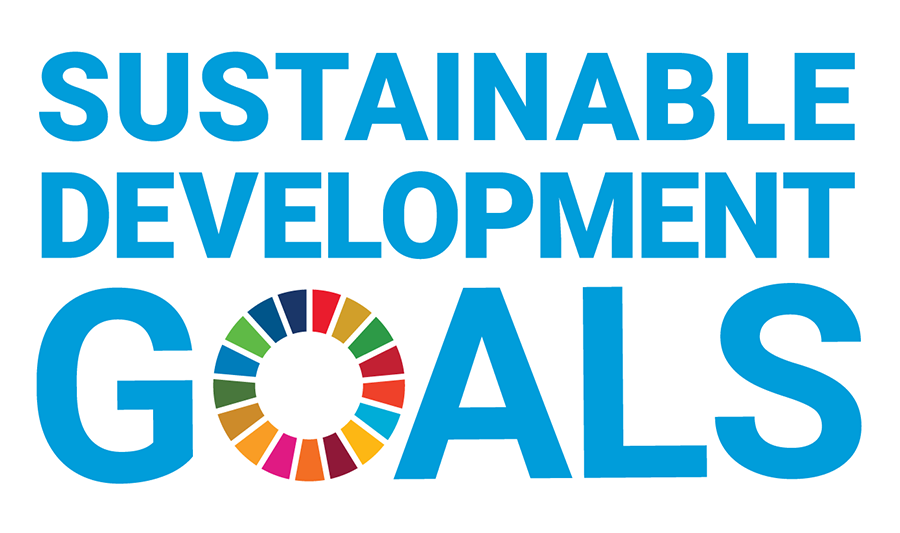Oct. 31, 2024
Toyota Motor Corporation
Nippon Telegraph and Telephone Corporation
Today, Toyota Motor Corporation (hereafter, Toyota) and Nippon Telegraph and Telephone Corporation (hereafter, NTT) have agreed to a joint initiative in the field of mobility and AI/telecommunications with the aim of realizing a society with zero traffic accidents.
Through their previous collaborations, the two companies have confirmed that they share common values, such as contributing to society through technological and industrial development, a people-centered approach, and global contributions that start in Japan. This time, they will further deepen their collaboration with the aim of achieving a “society with zero traffic accidents” as the first step towards realizing a prosperous mobility society where safety and freedom are in harmony.
In order to achieve a society with zero traffic accidents, it is necessary to take an infrastructure-cooperative approach that constantly connects people, mobility and infrastructure, in addition to the advancement of driving support technology based on data-driven technology in cars and the development of future automated driving technology.
To achieve both of these things, Toyota is developing Software Defined Vehicles (SDV) with safety and security as the top priority. Alongside the evolution of SDV, it will become more important to build infrastructure such as a high-speed, high-quality communication infrastructure, an AI infrastructure that can collect and intelligently process vast amounts of information, and a computing infrastructure.
In this collaboration, NTT, whose strengths lie in the telecommunications, and Toyota will jointly build a “Mobility AI Platform” that combines a seamless communications infrastructure with AI and computing platforms that can intelligently process large amounts of data. By doing so, they aim to connect people, mobility, and infrastructure to realize a safe, secure, and sustainable mobility society with no traffic accidents.
Details of the joint initiative
We will jointly develop and operate the “Mobility AI Platform” and use it in our efforts*1 to achieve a society with zero traffic accidents. The Mobility AI Platform is made up of multiple elements*2.
The Mobility AI Platform aims to standardize the mobility field, and we envision that it will be used not only by the two companies, but also by a wide range of industry, government, and academic partners who share the goal of realizing a society with zero traffic accidents.
Through this initiative, the two companies expect to invest a total of 500 billion yen by 2030. Starting in 2025, they will begin development of the Mobility AI Platform, and from around 2028 under the three-pronged infrastructure, they will begin social implementation and collaboration with various partners, aiming for widespread adoption from 2030 onwards.
| *1 | Main initiatives aimed at achieving a society with zero traffic accidents
|
|---|---|
| *2 | Elements that make up the mobility AI platform
|
Toyota Motor Corporation works to develop and manufacture innovative, safe and high-quality products and services that create happiness by providing mobility for all. We believe that true achievement comes from supporting our customers, partners, employees, and the communities in which we operate. Since our founding over 80 years ago in 1937, we have applied our Guiding Principles in pursuit of a safer, greener and more inclusive society. Today, as we transform into a mobility company developing connected, automated, shared and electrified technologies, we also remain true to our Guiding Principles and many of the United Nations’ Sustainable Development Goals to help realize an ever-better world, where everyone is free to move.
- SDGs Initiatives
- https://global.toyota/en/sustainability/sdgs/

